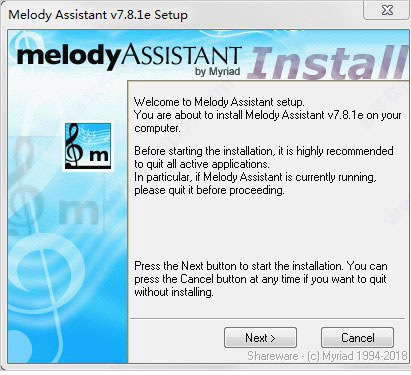
It was the purpose of the present study to test whether this effect of visual information was evident in the evaluation of specific aspects of ensemble performance: articulation and dynamics. Previous research has found that listener evaluations of ensemble performances vary depending on the expressivity of the conductor’s gestures, even when performances are otherwise identical. 02), participant ratings reinforce the role of action-sound congruence on observers' perceptions and overall evaluation of conductors' activities. While our effect size was small (Z p 2 ¼.

Participants were asked to rate the quality of the conductor, the ensemble, and the performance overall using a Likert-type scale bound by "poor" and "excellent." Our results indicate that any offset, whether audio-or video-led, resulted in a lower level of conductor quality than intact, unaltered performance. Naturalistic performance video of five conductors was left intact or adjusted to an audio-or video-lead condition by a percentage of each excerpt tempo (intact, +15%, +30%) and fully crossed into stimuli orders. Given anecdotal observations of a flexibly congruent relationship between conductor gesture and ensemble response and the ability of entrainment to promote preference, we theorize that alterations to natural action-sound congruence in conductor-to-ensemble settings may influence evaluations of conductor quality. While the influence of vision on evaluations of musical expressivity has been well studied, less attention has been paid to the temporal aspect of con-ductors' gestures. Ensemble conductors present a special case of musical gesture, as their activities are coordinative rather than directly sound-producing. In conducting, this particular heuristic influences both expressive and coordinative aspects of musical activity. Vision serves a fundamental role in the human experience of musical performance. Within this study, conductor evaluations were generally more negative than ensemble evaluations. Participants evaluated offset of any kind as negative when compared with unaltered performance and identified greater offset values as more negative overall. The videos appeared in one of five fully-crossed stimuli orders for evaluation. Some of these videos were manipulated to offset audio and video by percentage of the ensemble's tempo (no offset, ☑5%, ☓0%) that would not register as unsynchronized with viewers. Through a quasi-experimental design, musicians (N = 110) evaluated ten videos of conductors during concert performance. The purpose of this study is to investigate the role of action-sound congruence on perceptions of conductor efficacy. The dissertation author is the primary author of paper three, joined by co-authors Steven J. Additionally, I identify performance tempo and phrase structure as contributing factors in the variance observed. Findings reveal a general tendency for ensembles to lag behind the conductor’s gesture, but I identify that this lag is dynamic and demonstrates change between ensembles, between experience levels, and over the course of a selected excerpt. I examine the general tendencies of sonic offset from conductor gesture, as well as differences between ensemble type (orchestra, wind band), ensemble experience level (beginner, intermediate, advanced), and development over time. Paper two investigates the nature of ensemble response to conductor gesture from a temporal perspective. The paper also provides implications for conducting pedagogues, practitioners, and future music researchers. Through synthesis of research and pedagogical literature, I highlight that both conductor and ensemble are responsible for ensemble coordination and cohesion through the interlinked processes of visual and aural entrainment. The paper organizes its findings thematically, highlighting the conductor’s twin roles of coordination and expressivity through gesture. Paper one contextualizes empirical literature and existing conducting pedagogy, focusing on the role of the conductor in ensemble coordination and expressive communication. A brief summary of each paper in the dissertation is provided below. While the central focus of this dissertation is instrumental ensemble conducting, the manifestations of entrainment and the performer’s interactions with aural and visual stimuli emerge as consistent themes throughout.

This dissertation contains three papers on the topic of conducting, including one literature review and two quantitative studies. The purpose of this dissertation is to contribute to the body of research that has investigated conducting in musical contexts, especially instrumental ensembles.


 0 kommentar(er)
0 kommentar(er)
